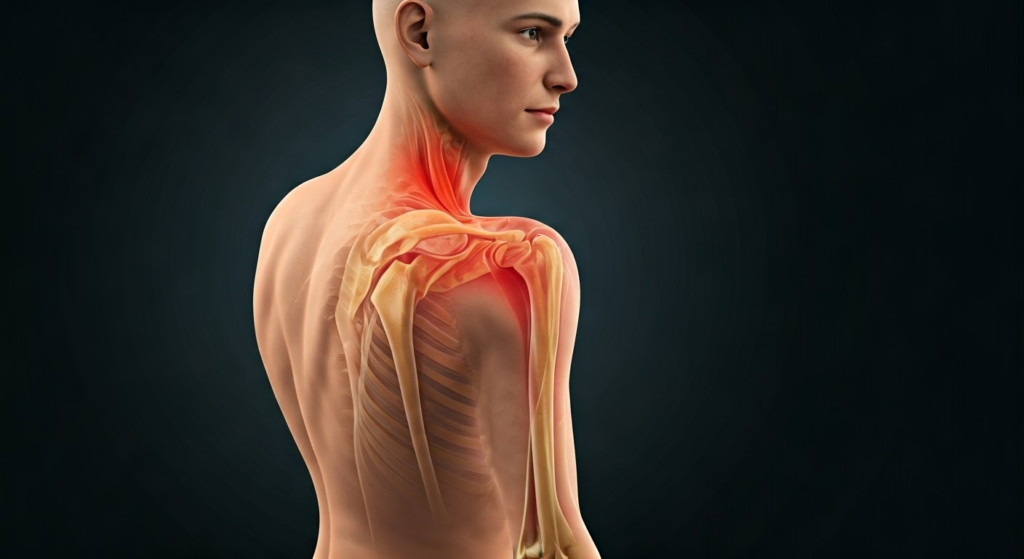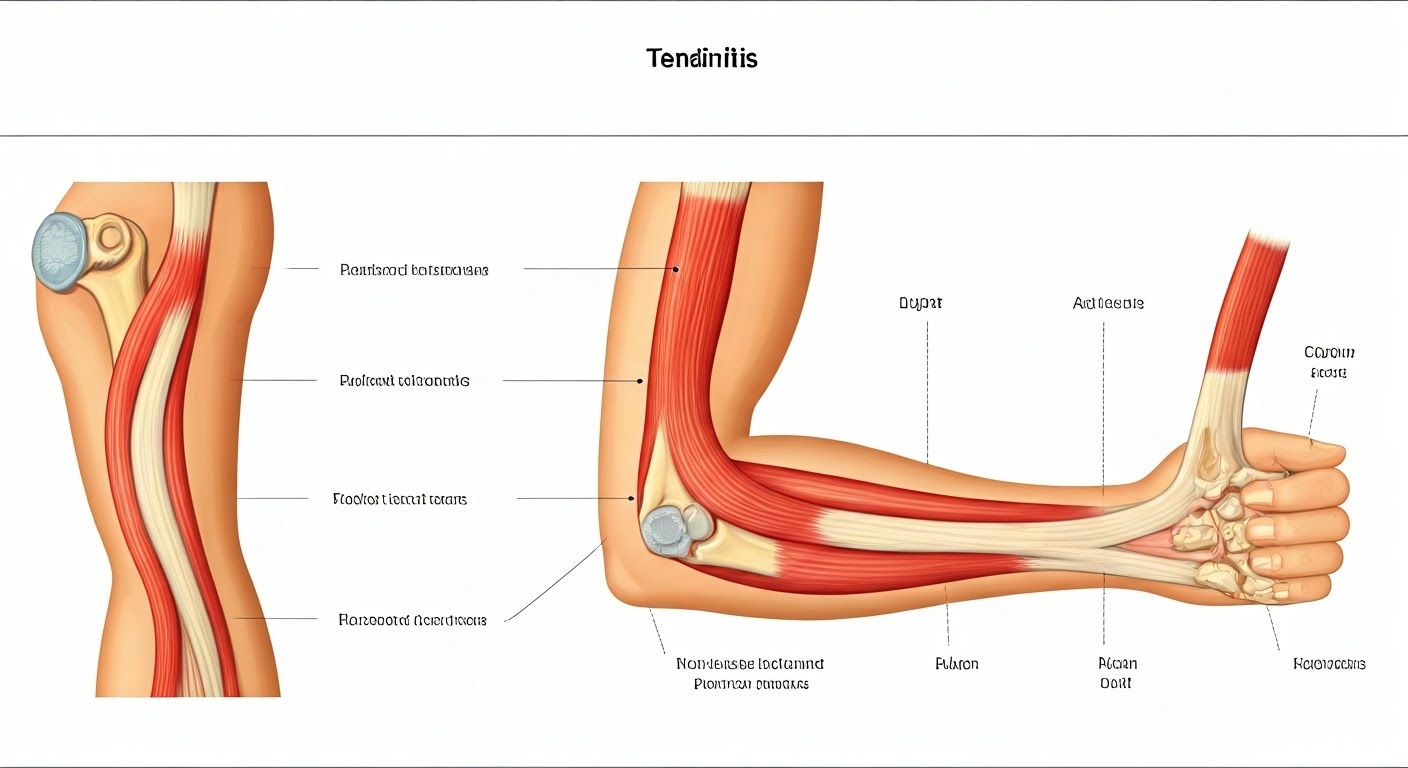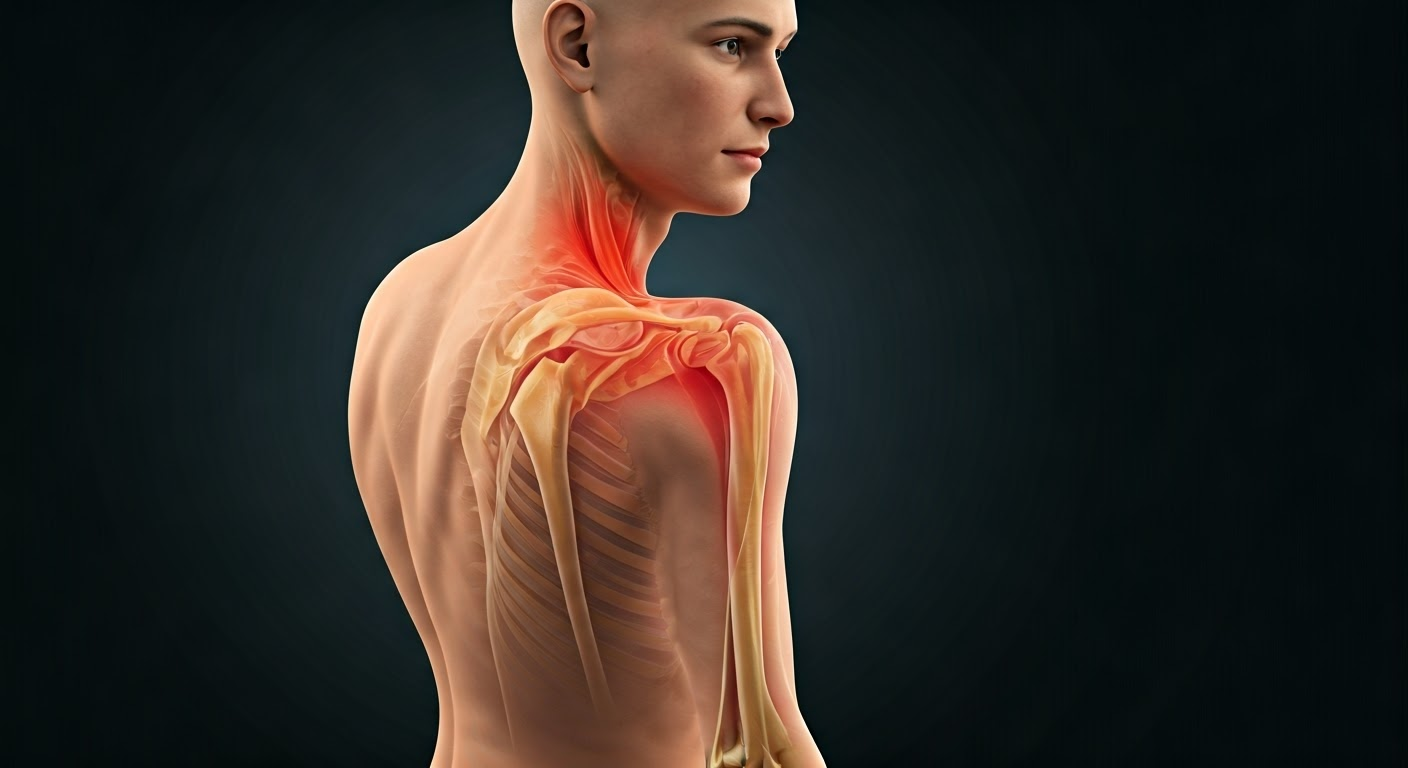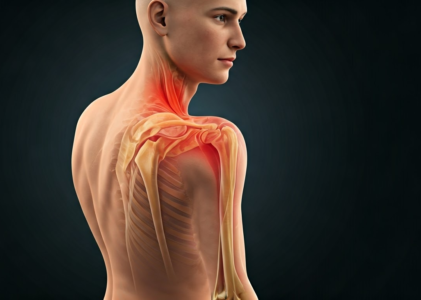Understanding Tendinitis: Symptoms & Causes

Key Highlights
- Tendinitis, or tendonitis, is the inflammation of a tendon, often caused by overuse or injury.
- Common types include Achilles tendinitis, tennis elbow, and golfer’s elbow.
- Symptoms often include pain, tenderness, swelling, and stiffness around the affected joint.
- Rest, ice, and over-the-counter pain relievers are usually the first line of treatment.
- Maintaining a healthy weight, warming up properly before exercise, and using proper technique during physical activity can all help prevent tendinitis.
Introduction
Tendinitis, also known as tendonitis, is a common issue that happens when a tendon becomes inflamed. Tendons are strong, fibrous bands of tissue that link muscles to bones. This connection helps us move. This blog post will cover the basics of tendinitis, what symptoms it has, what causes it, and the common types.
Exploring the Basics of Tendinitis
Hank Drugs
Tendinitis happens when a tendon, which helps move force from muscle to bone, gets irritated and swollen, often within the tendon sheath. This usually occurs from overuse, repetitive motions, or sudden injuries. Knowing the basics of tendinitis is important for good prevention and care. Let’s look at the details of this condition and how it affects the body.
Defining Tendinitis and Its Impact on the Body
Tendinitis is a condition that causes inflammation in the tendons and ligaments. Tendons are strong, fibrous cords that connect muscles to bones. When tendons get irritated or inflamed, it leads to pain, tenderness, and limited movement in the affected area. Think of a rope that keeps rubbing against a rough spot; over time, it weakens and can lead to tendon rupture and damage. In the same way, doing the same motion too much or using a tendon too much can create tiny tears. This results in swelling and the pain of tendinitis.
As the area becomes inflamed, you may also feel warmth. The pain usually gets worse when you move, making even simple daily activities hard to do. Depending on how bad the cases of tendonitis are and where it is located, tasks like gripping objects, walking, or lifting your arm can become very difficult; consulting a physical therapist may help you in managing these challenges.
Differentiating Tendinitis from Tendinosis
Tendinitis and tendinosis are two different stages of tendon injury, even though people often confuse them. The main difference is inflammation.
Tendinitis happens when the tendon gets inflamed. This can occur due to a sudden injury or using the tendon too much. In contrast, tendinosis is a long-term condition where the tendon suffers degeneration; both conditions, including tenosynovitis, are types of tendinopathy. Instead of inflammation, tendinosis leads to changes in the tendon’s structure. These changes include small tears, breakdown of collagen, and messy tendon fibers.
Knowing the difference is important because it affects treatment. Tendinitis usually gets better with rest, ice, and anti-inflammatory medicines. For tendinosis, a complete approach is needed to treat the tendon damage. Physical therapy, eccentric exercises, and other treatments might help healing and improve how the tendon works.
Identifying Common Types of Tendinitis

Tendinitis can happen in many parts of the body. Some areas get this condition more often. There are specific types of tendinitis, such as jumper’s knee, that people know about, and they usually get named after the body part they affect or the activity linked to them. Learning about these common types can help us understand how this condition impacts different body areas.
Some famous examples of tendinitis and various forms of tendinitis are Achilles tendonitis and tennis elbow. Achilles tendonitis affects the tendon that connects your calf muscle to your heel bone. Tennis elbow is when the tendons on the outer part of the elbow become inflamed. These examples show that repetitive stress and overuse can really contribute to getting tendonitis, including conditions like Achilles tendonitis.
Achilles Tendinitis: A Runner’s Nemesis
Achilles tendinitis, as the name suggests, commonly affects runners and athletes. They often put their Achilles tendon under repeated stress. This tendon is the body’s largest and connects the calf muscles to the heel bone. It helps with important movements such as running, jumping, and pushing off the foot.
When athletes do not rest enough, the repeated stress can cause the tendon to become irritated and inflamed. This can lead to pain, stiffness, and tenderness at the back of the heel.
People with Achilles tendinitis may feel increasing pain when they are active, especially after resting. Morning stiffness and pain are also common. In some cases, swelling can be seen along the Achilles tendon. It is important to recognize these early signs and get the right treatment. This can help prevent more damage and support healing.
Tennis Elbow: Not Just for Athletes
Tennis elbow, also known as lateral epicondylitis, is not just a problem for tennis players. It is an overuse injury that can happen to anyone who uses their forearm muscles a lot. This usually affects the muscles that extend the wrist backward. Repeating these movements can put too much strain on the tendons, leading to issues like golfer’s elbow. These tendons connect the muscles to the outer part of the elbow, causing pain and inflammation.
People with tennis elbow often feel pain on the outer side of the elbow. This pain may spread into the forearm. It usually gets worse when doing tasks that involve gripping or twisting. Examples include turning a doorknob, shaking hands, or playing tennis. Resting and avoiding activities that worsen the pain are key for recovery. Physical therapy can help too. It strengthens the forearm muscles and boosts the way the wrist and elbow work. This can help prevent the problem from coming back.
Recognizing Symptoms and Causes
Recognizing the symptoms of tendinitis is important for quick treatment. This condition usually shows up as pain and tenderness in the affected tendon. Knowing what causes tendinitis can help prevent it. It often happens due to overuse and repetitive movements.
Also, things like age, job, and pre-existing health issues can make some people more likely to get tendinitis.
Key Symptoms to Watch For
The pain of tendinitis often feels like a dull ache or a burning in the tendon that is affected, and it is important to recognize tendinitis symptoms, including possible calcium deposits. This pain can get worse when you move and may be more noticeable during or after you are active. Swelling near the affected tendon is also common. The area might feel warm when you touch it.
Another sign of tendinitis is a limited range of motion. When the tendon gets inflamed, it can restrict how the joint moves. For instance, if you have tendinitis in your shoulder, lifting your arm up can be hard. If it’s in your wrist, gripping things may be difficult. It is important to pay attention to these symptoms and get medical attention, including a physical examination, if they don’t go away. This is crucial for getting a proper diagnosis and exploring the right treatment options.
Common Causes and Risk Factors
Tendinitis often happens because of repetitive movements that stress a specific tendon. Activities like reaching, gripping, throwing, or jumping can raise the chance of getting this condition. People who play sports, do manual work, or have jobs that require repetitive hand actions are at higher risk.
Age is also important. As we get older, our tendons lose some of their flexibility, making them easier to hurt. Some medical issues, like rheumatoid arthritis, gout, and diabetes, can increase the risk of tendinitis. These conditions may impact blood flow and the health of tissues, making tendons more likely to have inflammation and damage. Knowing these risk factors helps in taking steps to prevent issues and seek help early if needed.
Conclusion
In summary, it’s important to understand tendinitis. This knowledge helps with early detection and effective management. Recognizing the signs and common causes can lead to quicker recovery. Differentiating between tendinitis and tendinosis can help you choose the right treatment. Whether you have Achilles tendinitis or tennis elbow, knowing the specific type can help you prevent further issues. Keep an eye out for key symptoms and take care of any risk factors quickly. Getting professional help for diagnosis and treatment is key for long-term joint health. Remember, taking care of your body can greatly improve how you manage tendinitis. If you have concerns about tendinitis, talk to a healthcare provider for advice that fits your needs.
Frequently Asked Questions
What are the first signs of tendinitis?
The first signs of tendinitis often show up as pain, tenderness, and light swelling around the affected tendon. You may feel stiffness or tightness in that area. The pain could get worse when you move or are active.
https://kidshealth.org/en/teens/jumpers-knee.html
https://mydr.com.au/sports-fitness/rotator-cuff-injury

